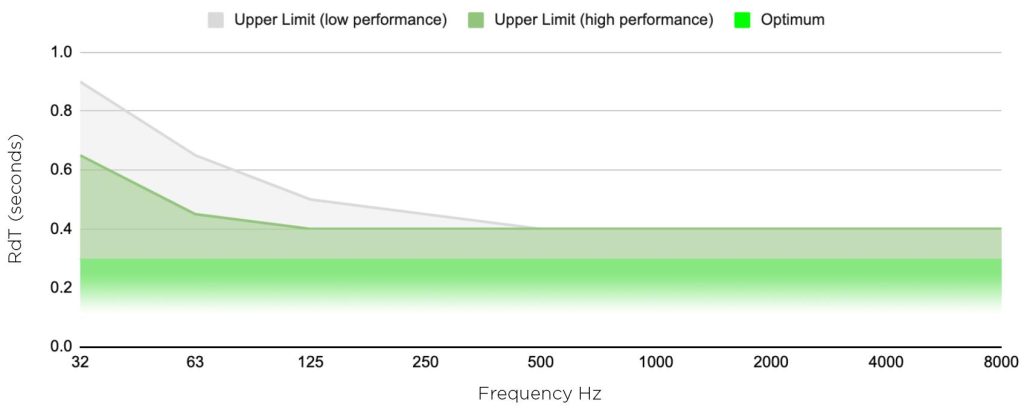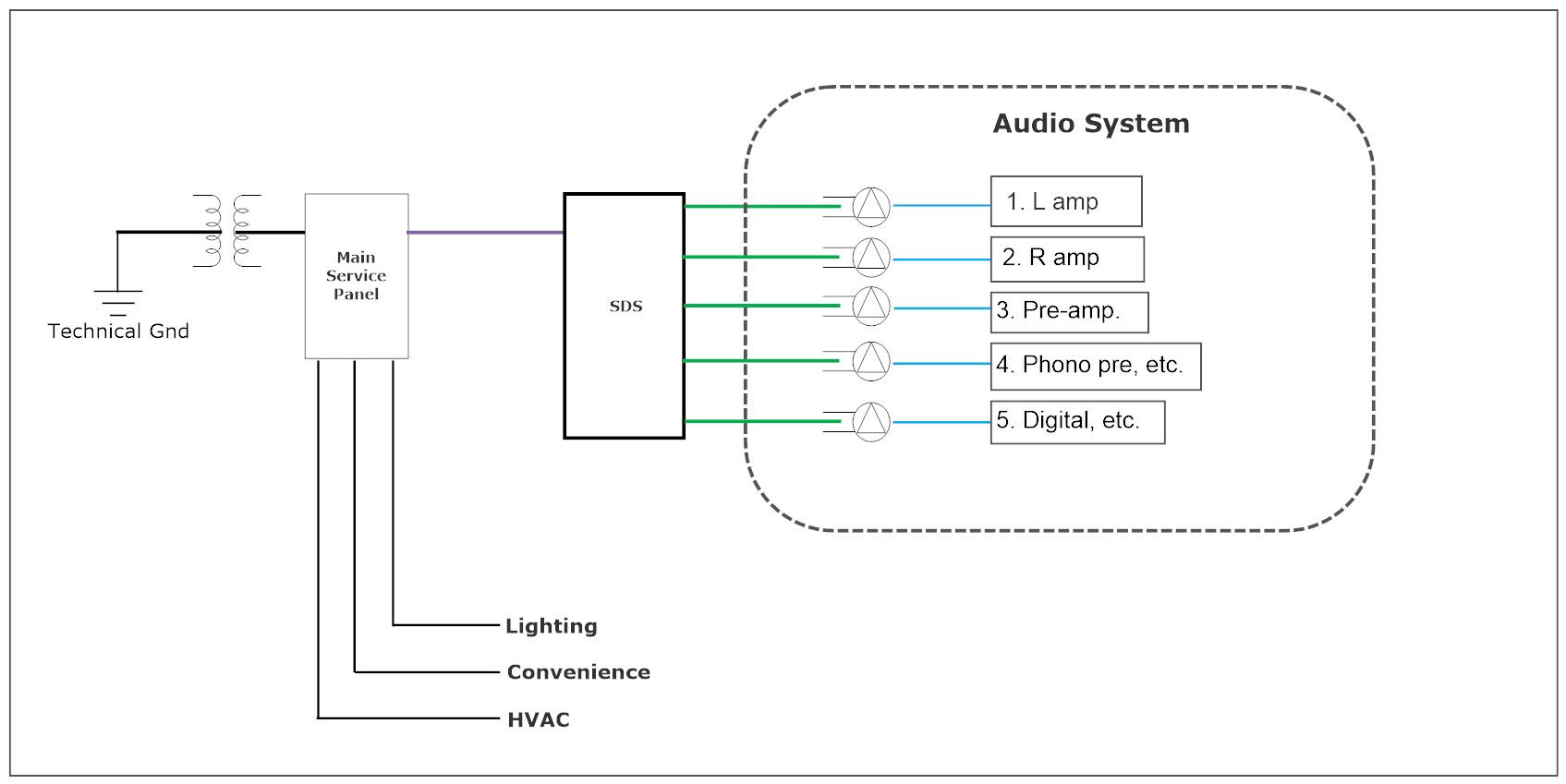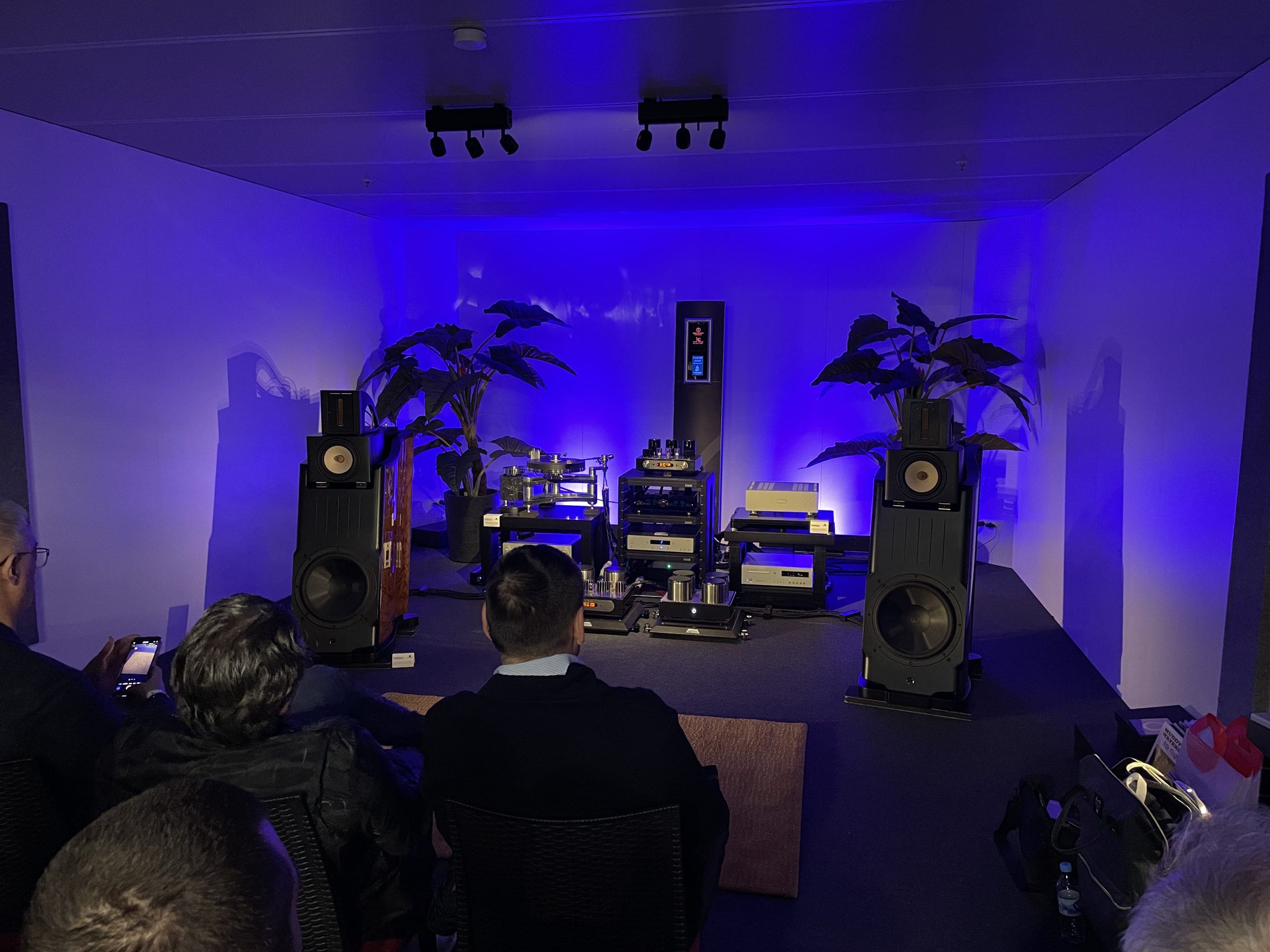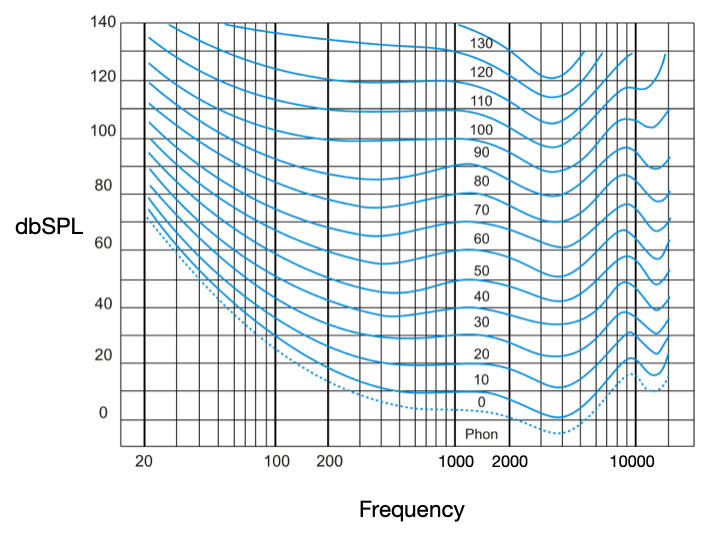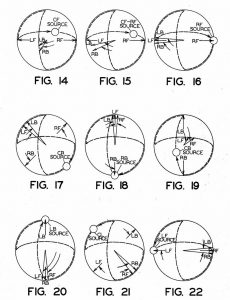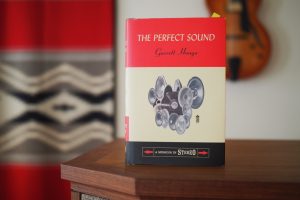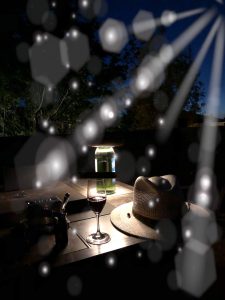Norman Varney of AV RoomService Ltd. has joined Positive Feedback as a Senior Technical Editor as of Issue 113. His expertise in his field of audio acoustics and experience in the field makes him a helpful voice in our creative community for the audio arts. As has been our wont from the beginning of PF, we do welcome contributions from qualified voices in the high-end audio industry, provided that they don't use the opportunity to market their own products/attack competitors and others...which we simply don't allow here.
Anyone who has followed me even for a short time knows that I'm an advocate of acoustic design and testing standards, and improving upon them. In the audio world, electronic standards have been well established, however, acoustics for small-room playback have not. Exciting news to me was the recent release from CEDIA (Custom Electronics and Design Association) and the CTA (Consumer Technology Association) of their RP22 Immersive Audio Guidelines. It replaces their CTA/CEDIA-CEB23-B Home Theater Video Design guide. Though home theater is the theme, the same goals apply to 2-channel audio. Such guides help raise the bar and hold those involved accountable with practices that can be documented and tested objectively. I contributed to the Recording Academy Producers and Engineers Wing best practices document around twenty years ago, and have been hoping that CEDIA do an even better job in detailing the guidelines. I think RP22 accomplishes that. I'm sure it must have been a difficult task to get all the contributors on the same page, or rather, the same 144 pages.
What It Means
Such a document helps the industry as a whole to pull together regarding terminology and goals for best practices. Our industry suffers from poor communication due largely to our vague vocabulary definitions. We struggle with describing our perceptions with words. We have even more difficulty correlating objective instrument test measurements with our subjective perception. Values get confused and lost in translation. Some vocabulary is defined within, as needed for the document itself. Much more is needed for the industry to communicate better. Finally, the guideline is a compass for audio performance goals and expectations, and touches on why we have them.
The guide offers four levels of performance, so that goals can be set for different types of jobs, sizes, needs, and budgets, while still paying attention to the same core areas of acoustic importance.
The reason I'm excited about the guide is that it will elevate the experience for the consumer and help them make informed decisions, optimize equipment performance for manufacturers, and help integrators sort through expectations with consumers. A guide means fewer mistakes for those who follow its proven methods. This document does a far better job of detailing immersive speaker layouts than say Dolby has done. This document supersedes the CEDIA CEB22 document and it's free to anyone at the CEDIA website. Something to note is that the four different performance levels don't care how much your equipment costs- acoustics applies the same to all equipment.
What It Includes
The guidelines include recommendations for source and receiver positions, screen sizes and location, subwoofer and low-frequency optimization, guidelines for sound isolation, acoustical treatments, equipment and equalization, suggested ambient noise floor level, reverberation times, and other audio performance objectives. These guidelines, in general, comply with accepted practices established by associated audio organizations worldwide.
What It's Missing
How-To Information on Construction Materials and Methods
This is a layout and performance recommendations guide, not a ‘how-to' design and construct. It can't be, as every room is unique with its own set of problems that must be solved. That takes an acoustician (or firm) with years of experience, knowledge, and equipment.
Though it refers to isolation, noise control, and sound quality, it cannot, and readers should not expect any depth of that kind of information here. In fact, I don't think it should include most of Section 8 on Sound Isolation. Those referring to the guide are either professional acoustical engineers, or those who will hire one.
The Trades Must Work Together and work with the construction trades as a team with a better understanding of the importance and responsibility that each trade plays in attaining the goals.
Computer Modeling
It does not cover computer modeling to get you from the existing conditions to the desired ones. This is done by entering the room's acoustic data, along with selected acoustical product data, until the gap is optimized, given the various constraints every job has. Again, only professional acousticians should be doing this type of work.
Electro-acoustic Calibration Methods
I believe this is covered in another CEDIA document. These are simple electronic test instrument verifications and/or electronic adjustments for optimal playback.
Testing Procedures for Proof Of Performance
The RP22 states that this will be a future CEDIA/CTA document. I'm not sure why they should be separate documents. It is not possible to verify/confirm these guideline practices without knowing how to do so. A list of recommended equipment, software settings, and physical instrumentation parameters; sound source, test signal, microphone, etc. along with procedures for measuring each test must be part of any standard. Each year CEDIA publishes winners of home theaters for different categories. Sometimes they mention acoustical treatments, but I have never seen actual performance specs. This is way overdue! Hopefully, their testing procedures document will be available soon.
Summary
This document will help advance the experience of home cinema. This is great, and I was hoping not to nitpick, however, there are a few things that should be addressed.
- I found it confusing as to who the guide is written for. By touching on some very top-layer construction advice, it is asking for trouble from those unqualified. The guide should refrain from being anything other than a layout and performance guide. Just give numbers to shoot for and leave how to get them to acoustical experts. The acoustician, the integrator, and the consumer need these numbers for reference and accountability, but only an acoustical engineer should figure out how to best attain them.
- Leaving out the test procedures for measuring performance is like handing someone an empty glass- what can you do with it?
- Not sure why the quality of acoustics has any relevance to the number of channels? In the guide, as the level of performance increases, so do the number of channels. This does not make sense, as you could have just one channel and still desire level #4 noise control and sound quality.
- It would be beneficial to emphasize the problem of how many of our acoustic test standards are old and do not address low frequencies. In addition, how we often assign meaningless single numbers to things like STC, SAC, RT, etc. Acoustic engineers should be looking at curves across broad ranges to see and compare the whole story. Often these numbers were designed for voice range frequencies only, which are almost meaningless to home theaters. Again, acoustical engineers are going to want to see product test data curves, and hopefully ones with extended low-frequency data from accredited labs.
- It should include an emphasis on how important it is that all of the construction trades work together as a team to make the goal a reality. Each has the same responsibility for the outcome. A couple of examples, if a drywall installer fails to seal one tiny penetration, the investment and effort of everyone for performance becomes meaningless. If an HVAC duct or plumbing pipe gets fastened to a resilient member, it will render the investment for performance pointless.
There are other items in the guide that bug me, but the point is, that we are improving the audio/video experience and awareness with this improved guide being available to everyone. That makes me happy!





